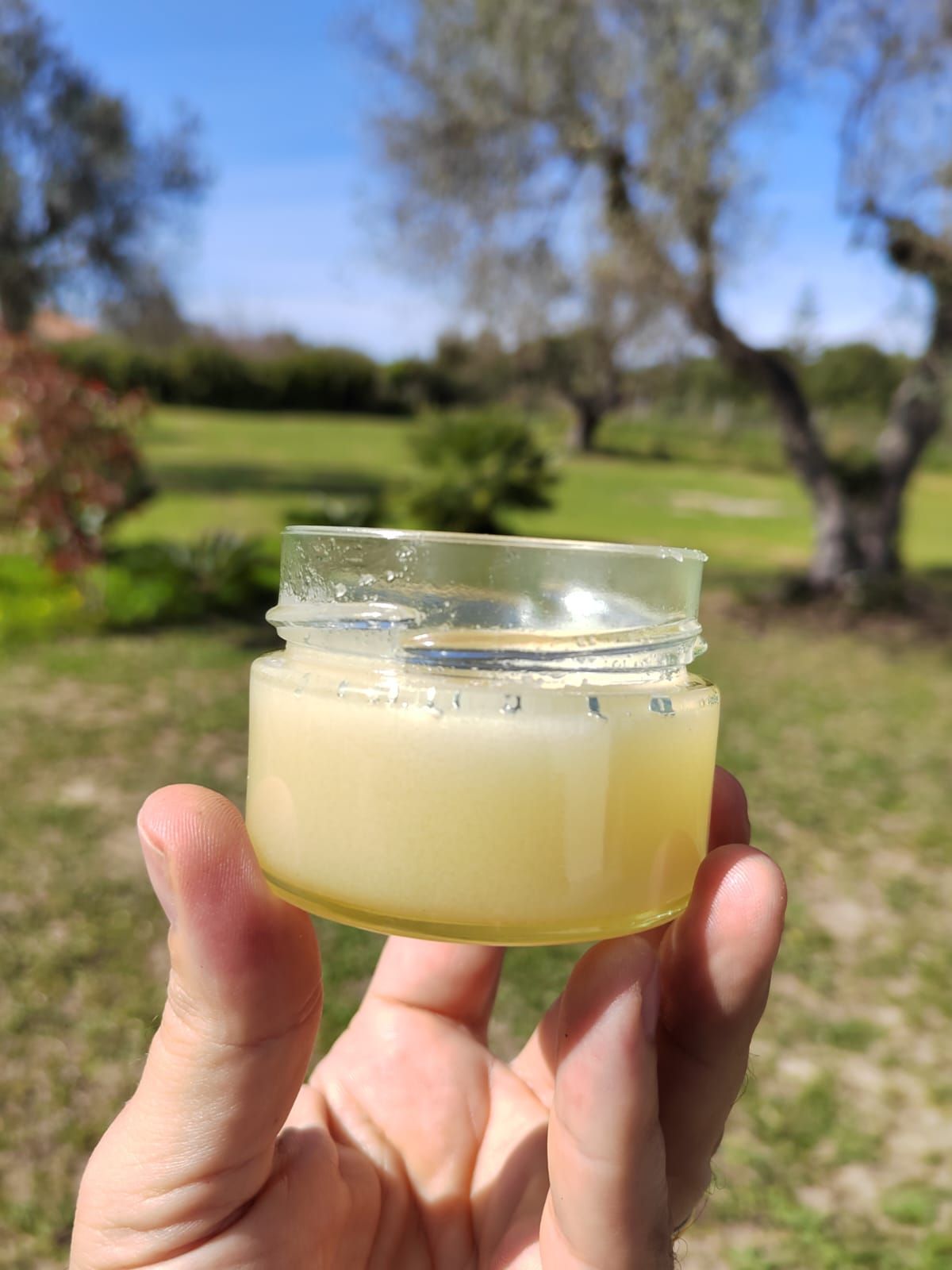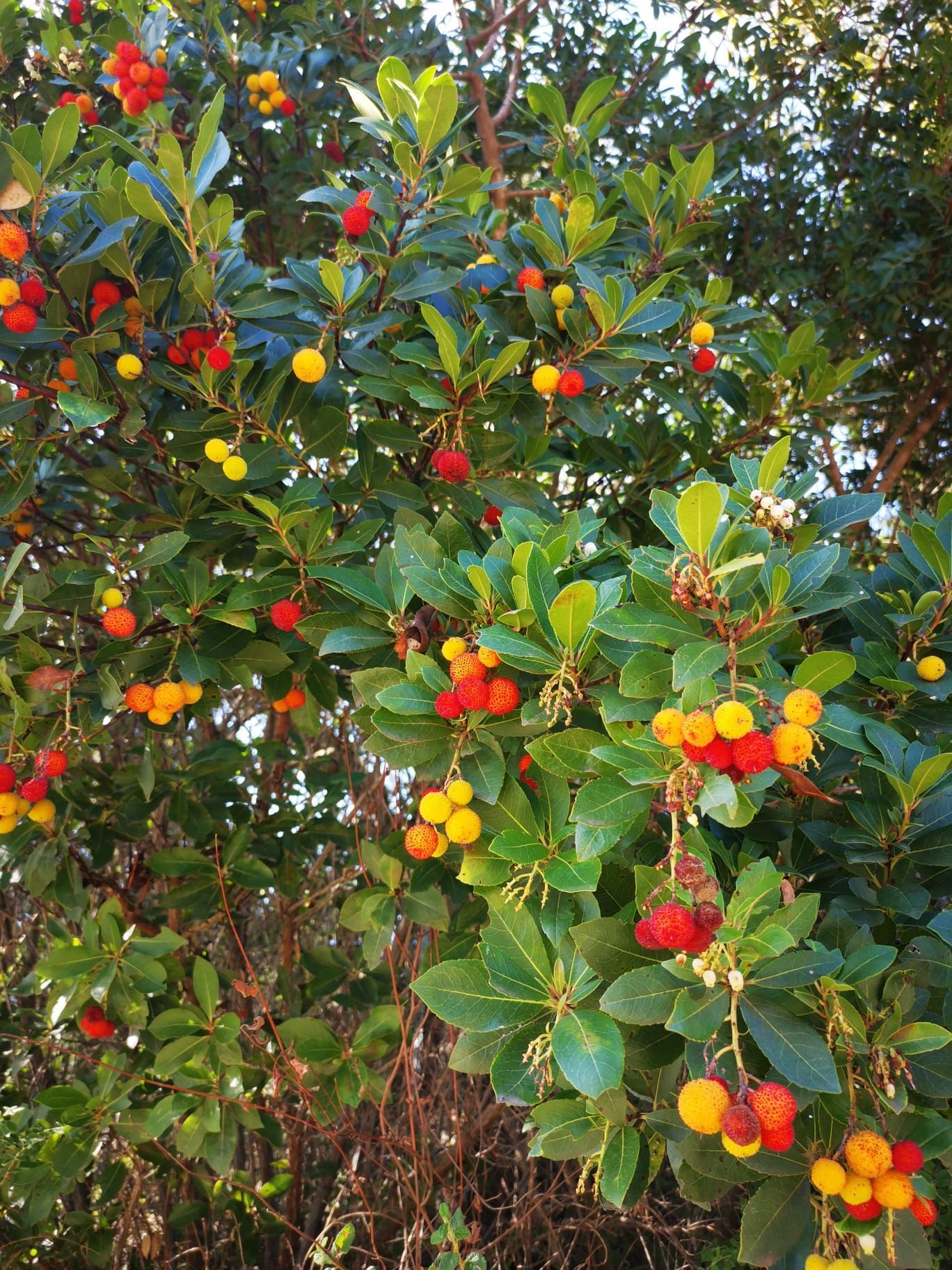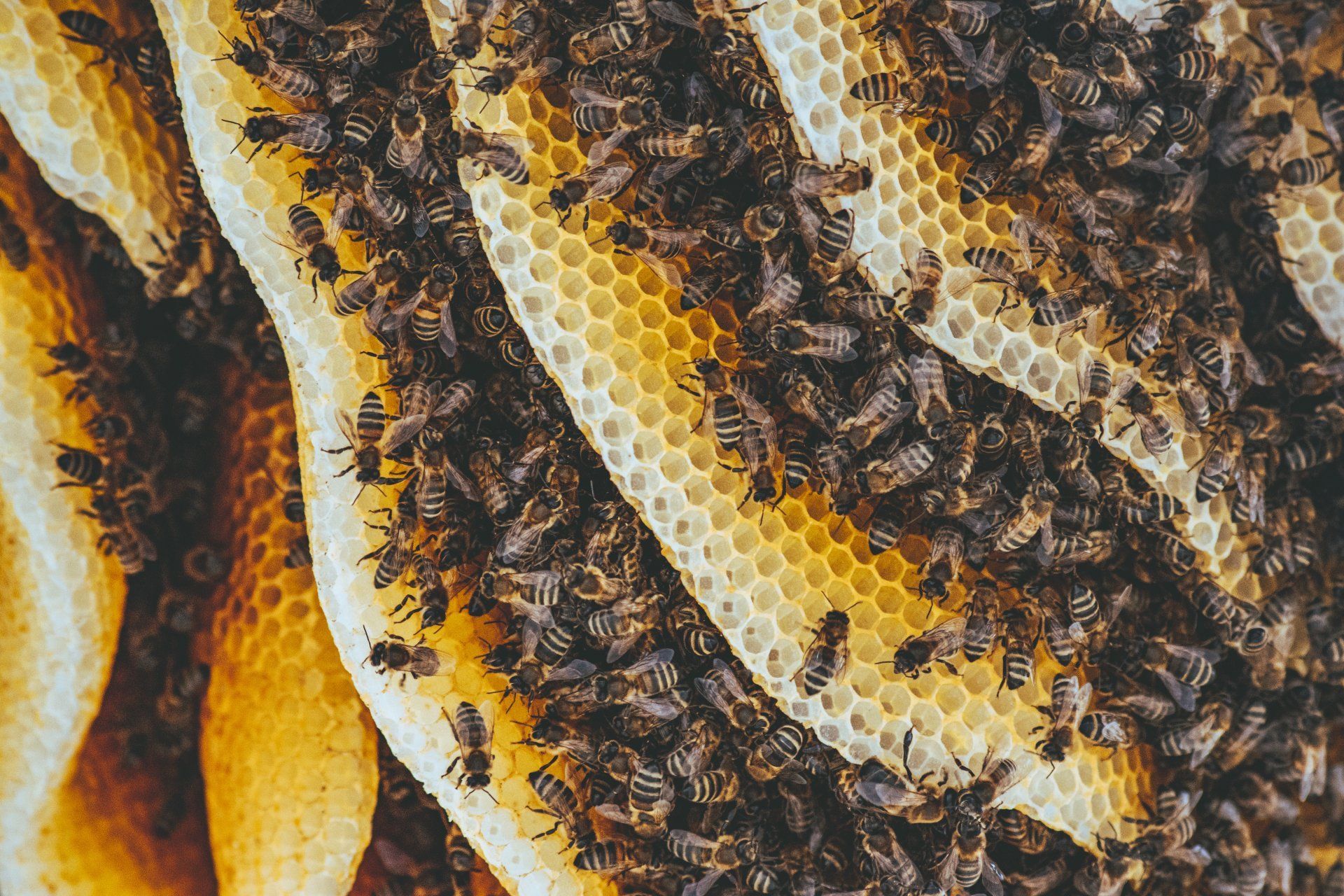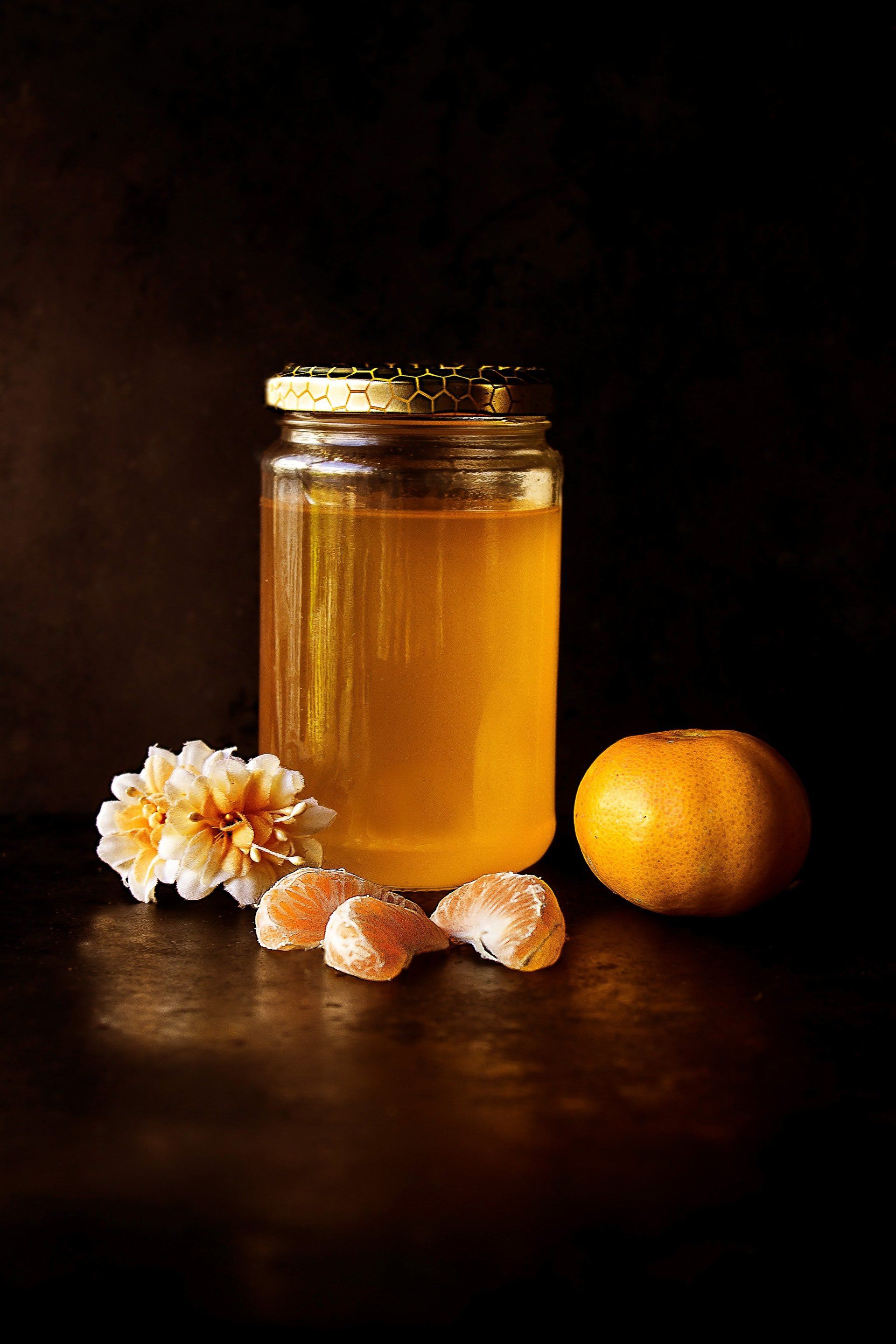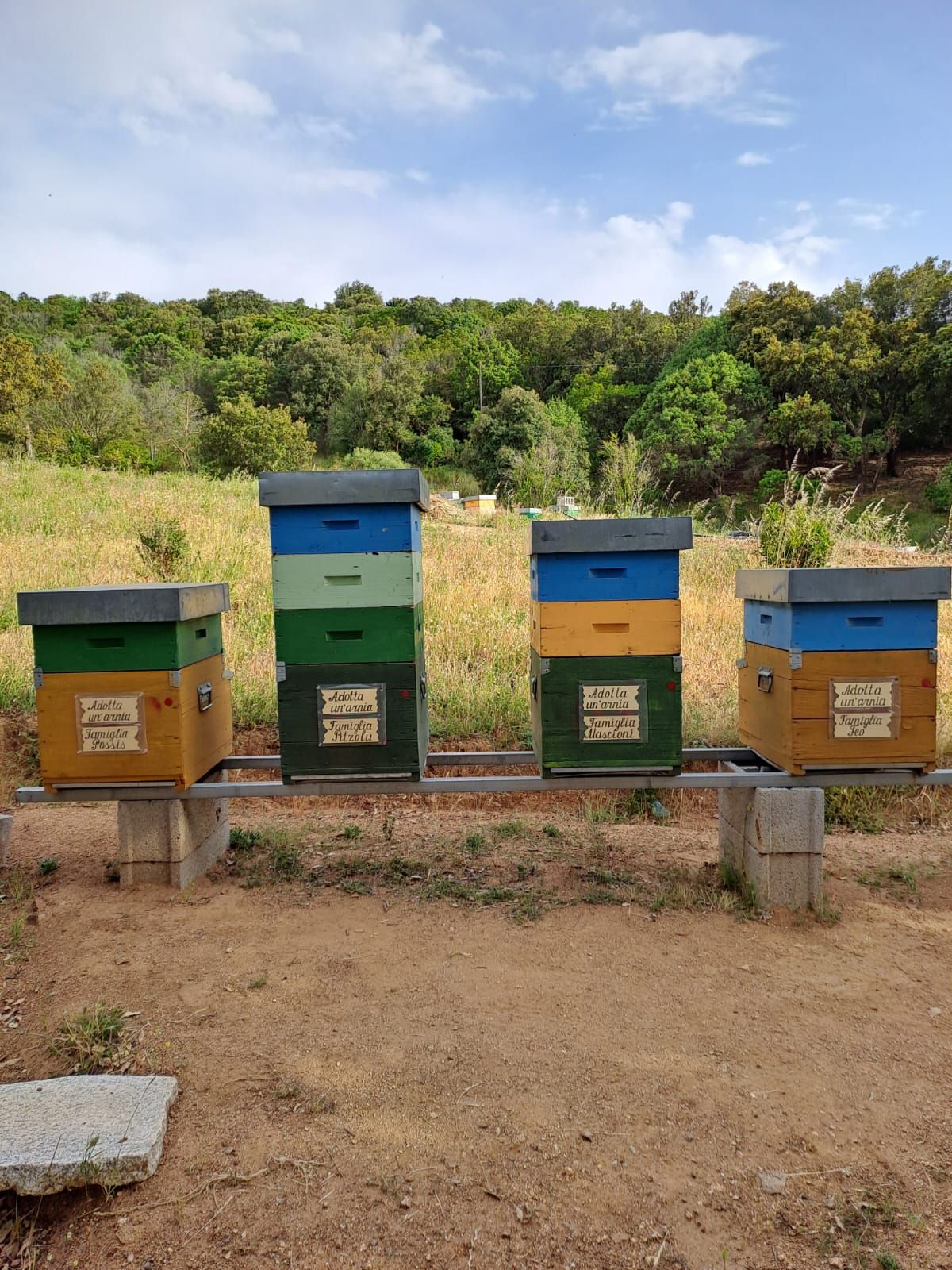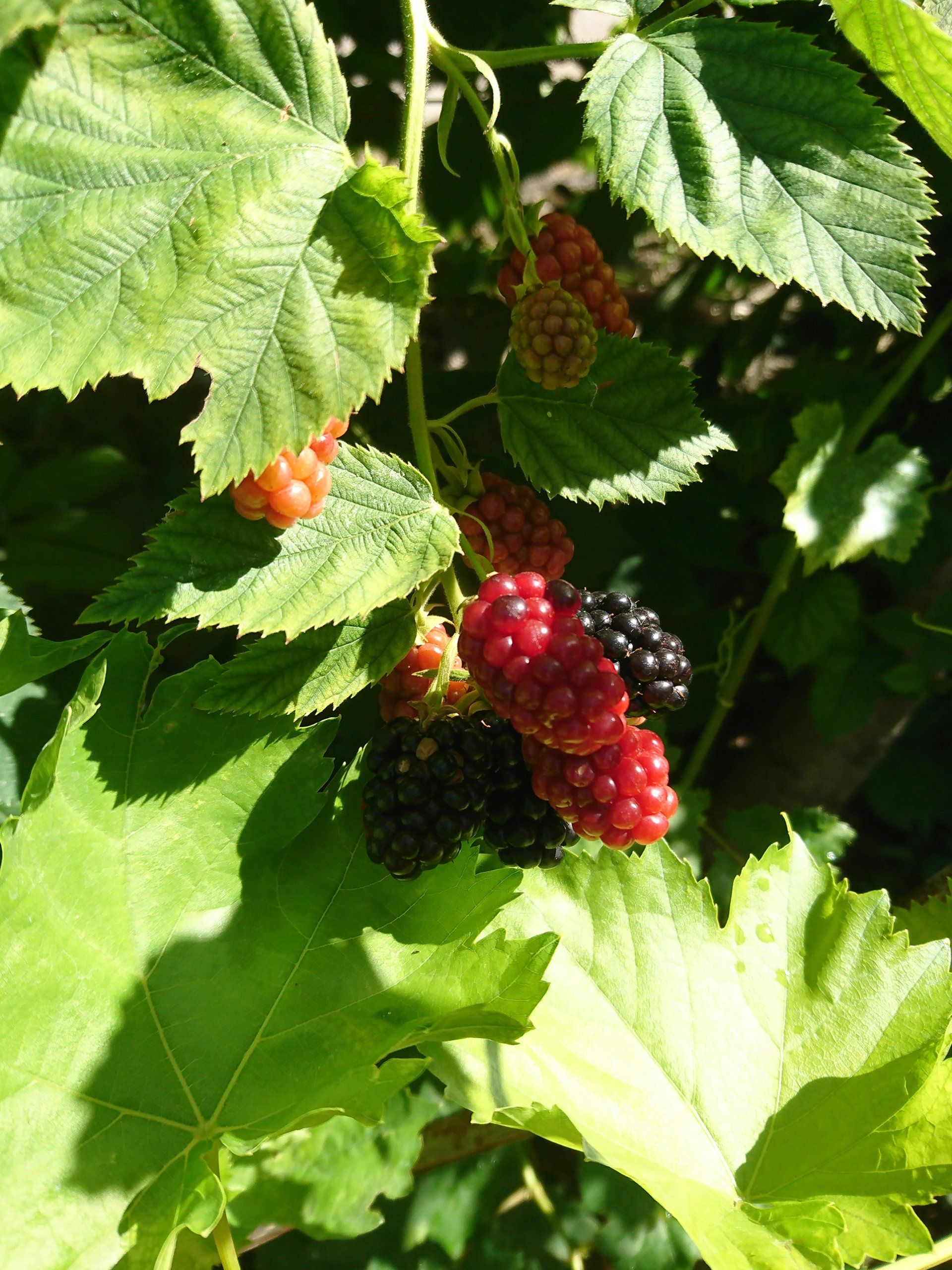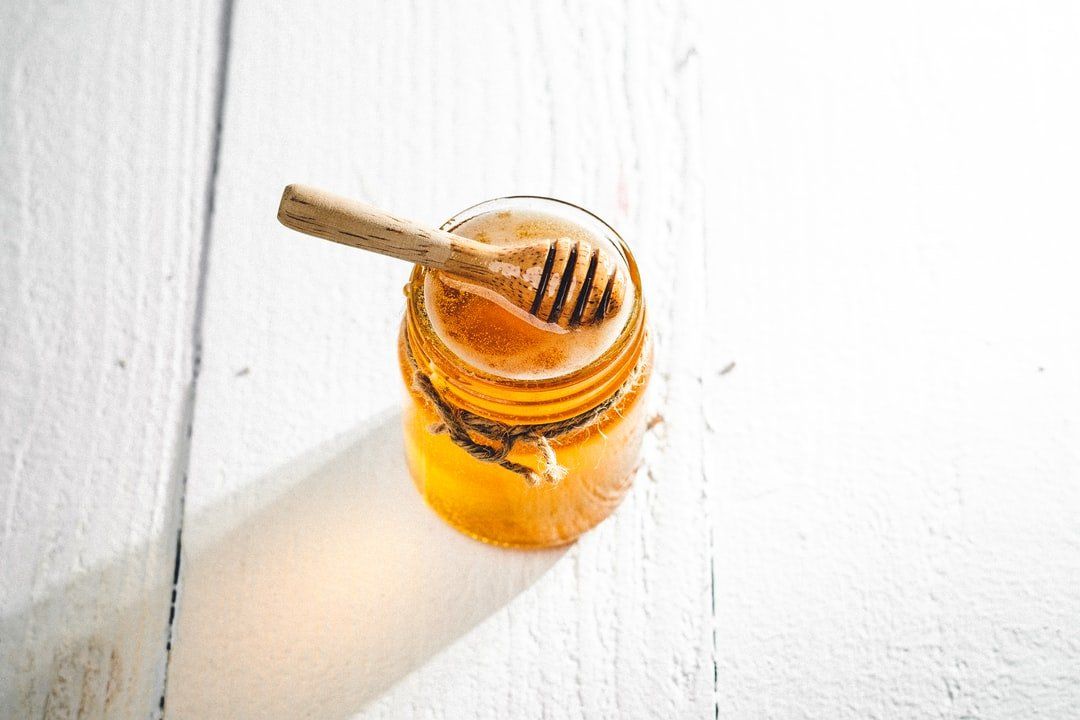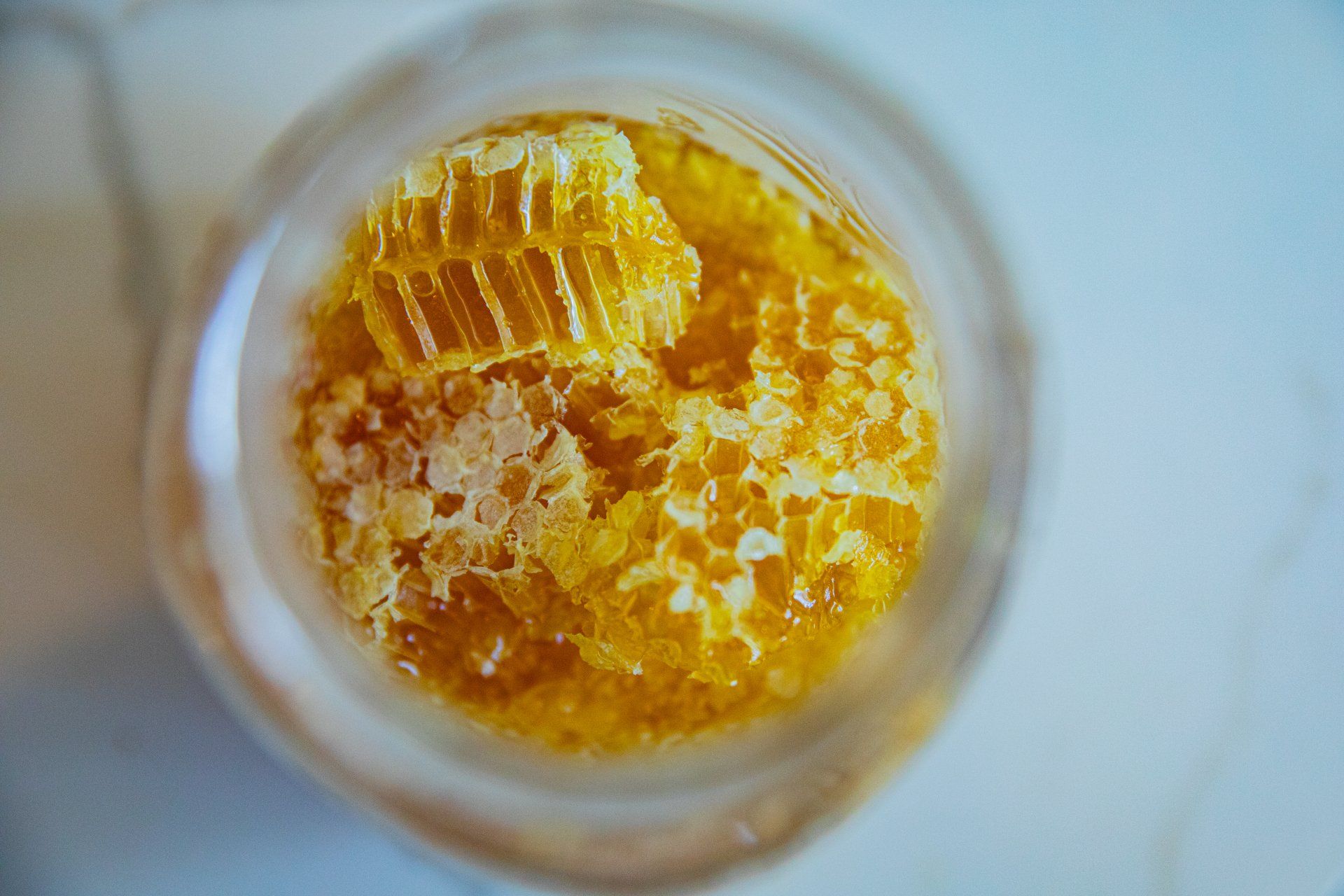Strawberry Tree Honey
sites • 19 August 2021
Strawberry Tree honey is not for everyone

Strawberry Tree honey is not for everyone, but its strong bitter flavor is loved by gourmets and honey connoisseurs worldwide. Known in Sardinia as a Miele Amaro (Bitter Honey), this delicacy is produced from the unusual and beautiful evergreen shrub of the the Arbutus or Strawberry Tree (Arbutus Unedo), a member of the Ericaceae family. Largely seen as specimen trees in gardens and yards around the world, there are few stands of trees grand enough to support even a few hives. Fortunately it grows wild in coastal Mediterranean countries in sufficient numbers to produce honey. It takes its name from its edible fruit that looks like small, round strawberries. In late autumn, when this honey is harvested, the urn-shaped flowers of white, often tinged with pink, emerge and join the orange-scarlet rough fruit now ripening from flowers of the autumn 12 months earlier.
Strawberry Tree honey crystallizes irregularly, its firmness depending upon the moisture content. It is dark amber when young and light brown when crystallized. The scent is pungent while its flavor has aspects of green ivy, coffee dregs, leather, burnt, and bitter herbs. The taste is sweet initially but rapidly reveals its strong complex bitter flavor, gradually subsiding into an astringent finish with a mild, distinct aftertaste. It goes well with Ricotta, Mascarpone, and Robiola cheeses or in the typical Sardinian fashion, over Sardo Pecorino with Pan Carasau (flat bread) and fresh melon, or over ice cream or white chocolate mousse as a surprising contrasting flavor.
The late blossoming is often accompanied by cold weather which makes it difficult for the bees to collect nectar, undoubtedly making this special honey even more difficult to find.
Strawberry tree honey has many therapeutic properties and is popularly used as an diuretic, anti-asthmatic (for bronchial infections), urinary antiseptic and to improve blood circulation.
The fruit is edible when fully ripe although it is commonly thought to be mealy and lacking flavor. The ancient naturalist, Pliny The Elder wrote of it in his 15th book of the history of nature, “Surely the fruit is of base or no reckoning at all: no marveile therfore if the Latines gave it the name Unedo (meaning only one), for that one of them is enough to be eaten at once.”
Nevertheless, some find the fruit quite good if eaten at the peak of ripeness. The berries are said to be narcotic if eaten in quantity, but this is likely due to alcoholic fermentation within the skin. When mature, it has a high sugar content (15%) and produces excellent jellies and jams, and its high pectin content ensures rapid setting. The berries are also used to create a number of alcoholic beverages including wines and liqueurs. In Portugal a distilled spirit (a brandy) is made from the fruit of Arbutus unedo, called “Aguardente de Medronho” (sometimes, Medronho). Also “Liqueur a l’Arbouse” and ‘Creme d’Arbouse’ from Corsica, and ‘Acquavita di Corbezzolo’, ‘Liquore di Corbezzolo’, and ‘Fior di Corbezzolo’ from Sardinia.
The green of the leaves, red of the fruit and white of the blossoms represent the three colors of the Italian flag, and for this reason the Strawberry tree became a strong symbol of unity during the struggle for independence during the Italian Renaissance. The Strawberry tree, along with a she-bear, is portrayed in the heraldic symbol for the city of Madrid and is displayed on the flag of the city of Madrid.





